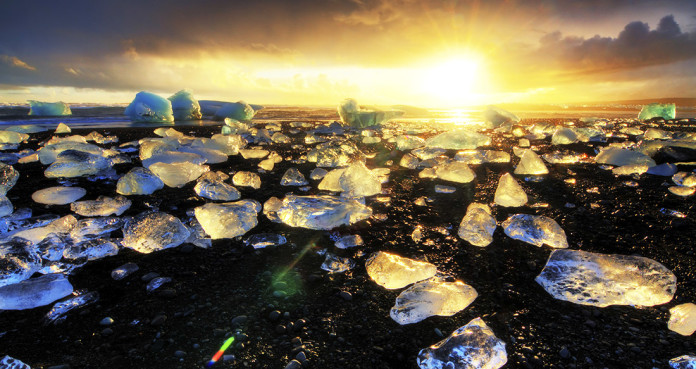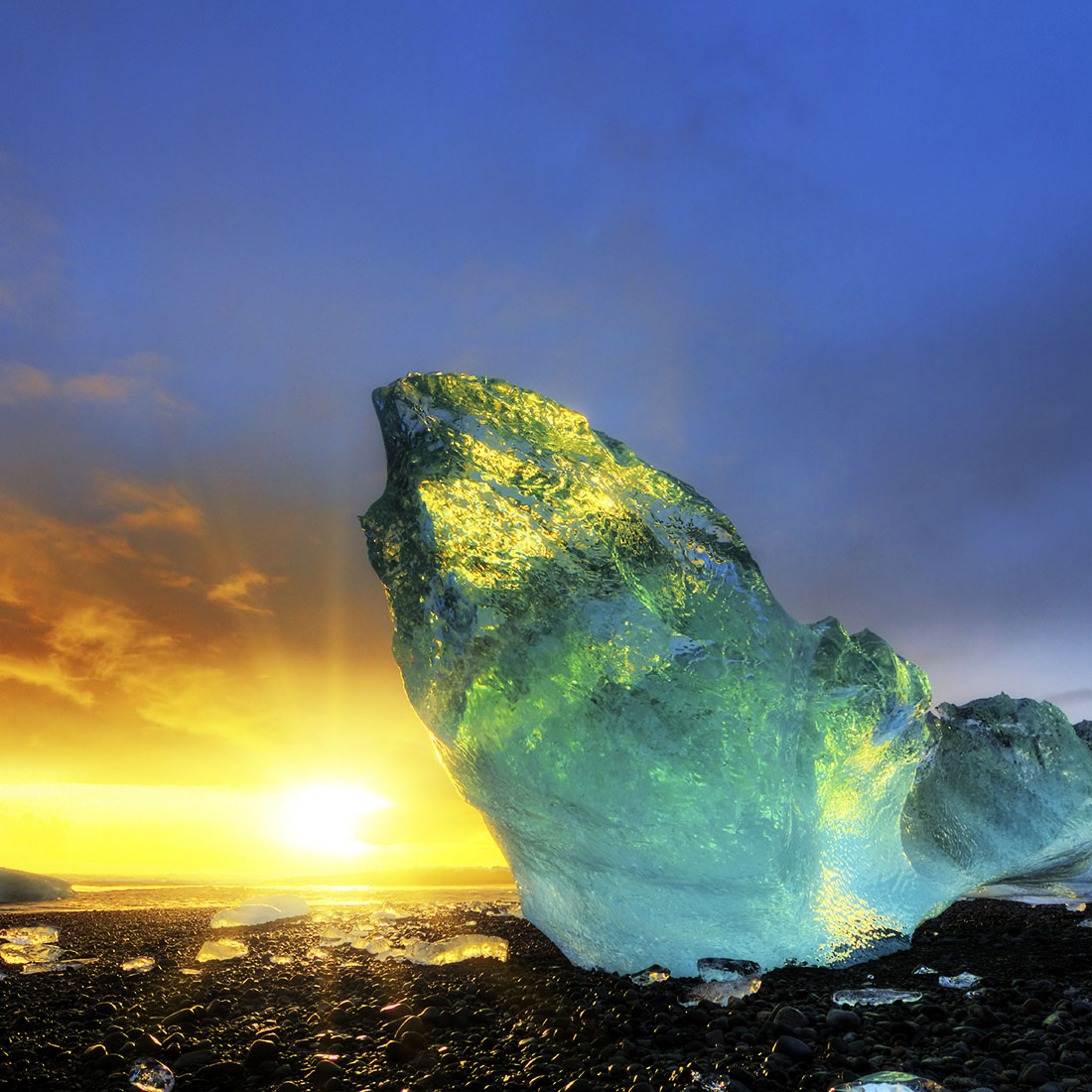
Studies that fallout due to fossil fuel pollution and forest fires may be causing Greenland’s ice sheet to become darker, which causes solar heat to be absorbed and the surface’s melting to accelerate. A new study by Dartmouth, however, highlights evidence that shows that this dark snow caused by degrading satellite sensors, and that Greenland’s ice sheet isn’t as dark as it looks from above.

Statistics show that Antarctic snow and Greenland’s ice sheet hasn’t become as sooty as thought, since black carbon and dust percentages haven’t had too much of a significant increase. The study, led by Christ Polashenski, takes all factors that could have caused this supposed darkening into account: most of this dark snow is caused by growth in the Antarctic snow particles caused by melting, and the minerals that attach to the snow which absorb sunlight and make it dark snow. By taking snow-pit samples from snowfalls between 2012 and 2014 in Northern Greenland and comparing them to earlier years, the team of researchers at the University of Dartmouth found that there was no significant increase in black carbon or mineral dust. Algae was even ruled out as an attributing factor.
The study instead points to NASA’s MODIS satellites, which haven’t had an upgrade in such time, and a decline in the efficiency of its sensors. The team explains that once the sensors are given new processors, it will show concrete evidence that the region of the ice sheet in question has actually not seen that much damage as opposed to the ice sheet’s edges, and that previous evidence, believed to be fact, will be shot down. This study is one that shows that pollution is so easily connected to events happening all over the globe that could be the Earth changing naturally or it not changing at all.
The results, found in the Journal Geophysical Research Letters, exclude the lower elevation region of the ice sheet, which is indeed plagued with surface melting, growth of algae, soot and dust that make Antarctic snow less reflective.

















